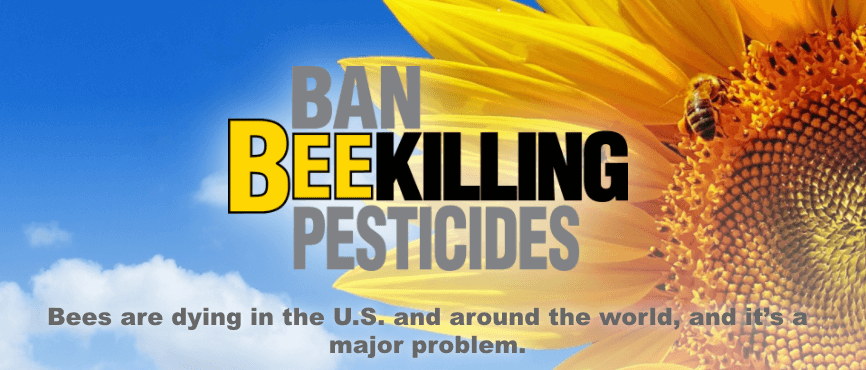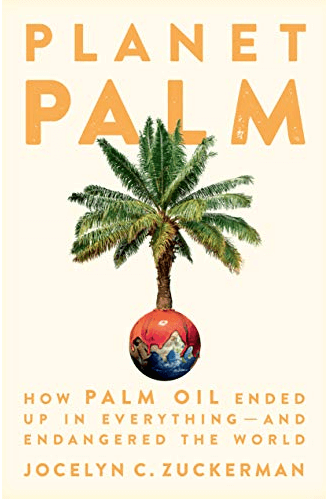SAN FRANCISCO — The latest Environmental Protection Agency (EPA) review of three widely used neonicotinoid insecticides shows that the majority of endangered plants and animals are in harm’s way from these deadly nerve poisons.
In the midst of the accelerating man-driven Sixth Mass Extinction, the animal and plant kingdoms cannot contend with the ever-increasing onslaughts of horrible poisons.
In addition to plants and animals, the soils are in danger too. Soils are vital not just because they give us our food, they store a whopping 1500 billion metric tons of carbon. Poisons that destroy life within soils lessen the chances of the Gen Zs (under 26s) reaching 2040.
More than a decade ago, Dutch toxicologist, Henk Tennekes, concisely documented that neonicotinoids are water soluble, mobile in soils and persistent for more than a decade in both soil and water.
Imidacloprid contaminated western Dutch surface water and killed springtails, beetles and earthworms, robbing the soil of its necessary beneficial fauna, which decompose leaf litter and other organic matter and recycle nutrients.
Those insects, in turn, are a crucial food source for many common grassland bird species. Moving up the food chain, Tennekes discovered that populations of avian predators like Eurasian goshawks and northern goshawks had likewise fallen, dramatically.
The use of these potent neonicotinoids has exhibited a deleterious effect on biodiversity. They have torn a giant hole in the web of life throughout western Europe.
On the other side of the Atlantic, upwards of 80 to 90 percent of western Canadian wetlands are soaking in neonicotinoids that drain off the oil seed crops (e.g., canola and sunflower).
Canadian toxicologist, Christy Morrissey, has been monitoring the accumulation of these nerve poisons in waterways and the resultant loss of wild birds across the prairies.
She cautioned: “We all want to have food that we consume and enjoy, but at what cost?”
Even low doses of neonicotinoids cause rapid weight loss and disrupt songbird migration.
“If the birds are exposed to a big enough does, [it’s] lethal. A small handful of seeds is enough to kill a songbird,” stated Morrissey.
Meanwhile, American honeybees continue to die at a furious pace. Between April 2020 and this April, losses across the nation were 45.5 percent.
Globally, the bee kingdom is in crisis as more neonicotinoids and the next generation nerve poison insecticides are smeared across the croplands. Mother Earth is missing 5000 bee species. The bees, hoverflies, moths, butterflies, beetles and other wild pollinators are the key to feeding the world. Without fail they must all be protected.
The evidence is in. Ban imidacloprid, thiamethoxam, clothianidin and the other hideous nerve poison insecticides, tout de suite.
Those terrible man-made poisons could be replaced with natural and safe ‘smart’ biocides. Renowned mycologist Paul Stamets and a research team have created Sporulating Mushroom & Repelling Technology [SMART] based on certain entomopathogenic fungi conferring incredible pest resistance to plants.
If adopted, farmers could disperse a solution of pre-sporulating fungi onto the soil among the crops making them unattractive to pests. The solution does not kill insects but allows them to coexist in the fields.
We have a friendly Mother Earth remedy to protect food crops and the pollinators. It’s time to implement it!
Agitate. Disrupt. Defend.
#BanNeonicotinoids
#ProtectThePollinators
#GoPlantBased
#SupportOrganics
#GrowYourOwn
#FoodSecurity
#BeeKind
#GenZEmergency

Reese Halter is a forest/ocean defender.
His latest book is GenZ Emergency.
Email: HalterBooks@gmail.com for your autographed copy.
In Australia, order from the Bob Brown Foundation by emailing: Contact@BobBrown.org.au
•••••••••••••••••••••••••••••••••••••••••••••














